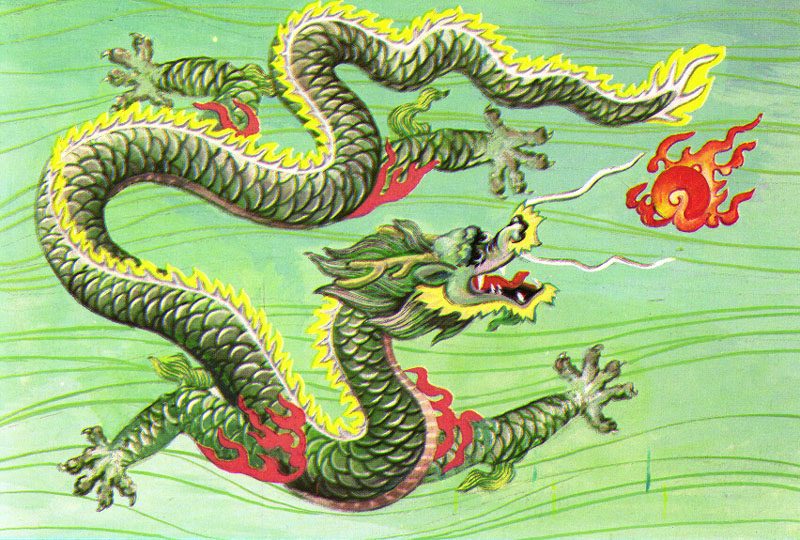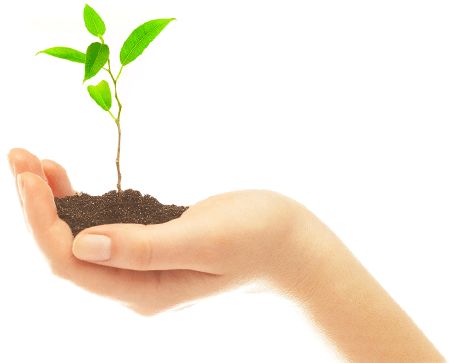
The 2023 vernal equinox comes on March 20 at 21:24 UTC; translate to your time zone.
In Chinese thought, spring is associated with the color green, the sound of shouting, the wood element, the climate of wind, things sprouting, your eyes, your liver, your anger, patience and altruism, and a green dragon.
Not surprisingly, spring is also associated with the direction east, the sunrise direction as Earth spins us toward the beginning of each new day.
What’s this about? It’s a system called Wu Xing by the Chinese, which translates to the Five Phases or Five Elements. Phases describes it better, because it’s a description of nature, which as we all know never stops moving.
Everything you need to know: Vernal or spring equinox 2020

You can think of the Chinese system of Wu Xing as correlating to the seasons. We all experience the fact that things sprout and begin to grow (spring). They fire up or ignite or bloom (summer) and reach completeness (late summer). They begin to dry and wither (autumn). They rest (winter).
Also, in this system of thought, each season or phase has many other correspondences – for example, the direction east and a green dragon correspond to springtime. The Chinese use Wu Xing to describe interactions and relationships between many ordinary things all around us and within us. They used this system to think about such diverse activities as music, military strategy and the martial arts, for example. They used it to help understand how to heal the human body. When I first encountered it, after years of studying astronomy, it reminded me a lot of western cosmology, in that it provides a framework for a whole universe.
If you learn the Chinese system of Wu Xing – Five Elements or Five Phases – you’ll begin to see it in many things. It’s a deep way of thinking about nature and can help you understand, for example, how profoundly the stillness, cold and quiet – the deep unknown – of winter has to happen first before spring (or new endeavors of any kind) can begin to sprout. In that way, it helped me embrace all kinds of winters, because winter promises spring.

So to celebrate the spring equinox in accordance with Chinese thought, you might …
Stand facing east, considered the direction of spring in this philosophy. Just stand for a few moments and honor the quality of east as it relates to the season of spring.
Plant a garden. Sprouting and the color green are integral to springtime in both eastern and western philosophies. In Chinese thought, so are your eyes. Have you ever had the experience of straining your eyes, then resting them by taking a long car ride, looking at the many soothing greens of the landscape? I have. In the Chinese system of thought, your eyes and the color green, springtime and sprouting plants, all correspond.
Fly a kite! Wind is the climate of spring, in Chinese thought.
Shout! Let it go. Time to begin anew.
The Chinese understanding of nature’s cycle seems fanciful, but once you begin to consider the five elements or phases of Chinese philosophy, you see them cycling in and around everything. All things sprout (spring), bloom (summer), reach completeness (late summer), become brittle and die (autumn), then rest (winter). You can recognize these phases in the course of relationships, over a workday, in the progress of a play or novel, in the process of aging, while eating a meal, in the growth of a garden, in a scientific or political or business enterprise, while playing a game.
So enjoy this easiest of seasons … this beginning. Happy spring, everybody!
Bottom line: A Chinese perspective on spring, based a system called Wu Xing, which translates as the Five Phases or Five Elements.











